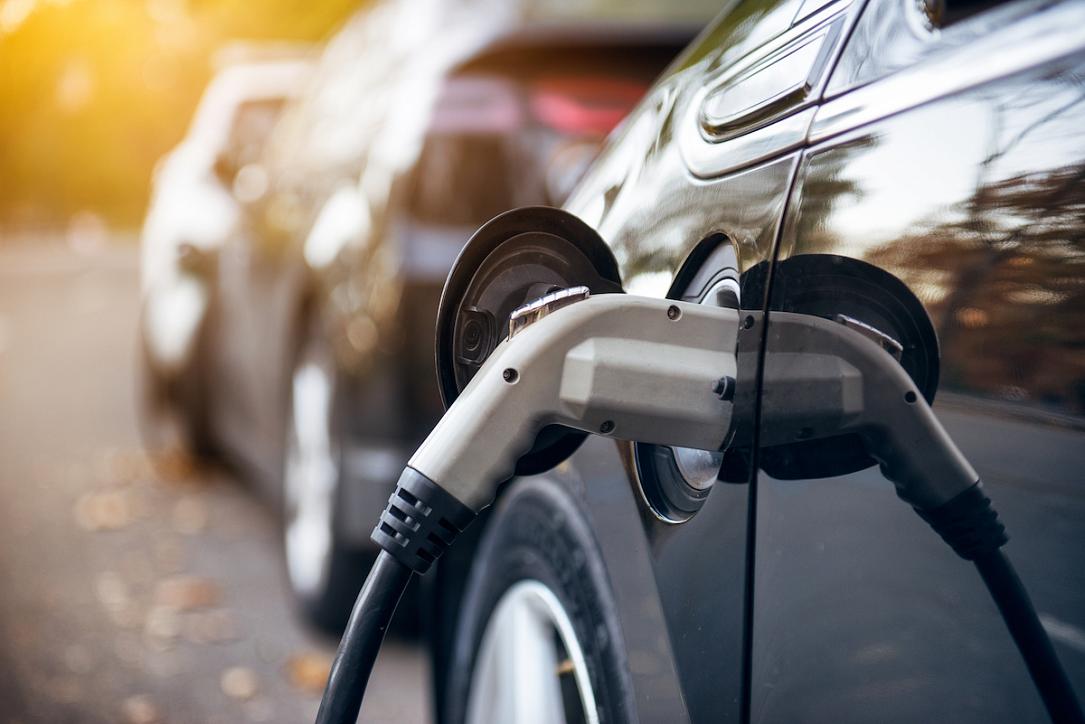Roland Berger: Romania drops 6 spots in EV Charging Index, must accelerate charging network expansion



Romania dropped six places in the fourth edition of Roland Berger’s EV Charging Index. It now ranks 25th with 39 points out of 100, down from 19th in the summer 2022 edition. The study says that although EV adoption has been accelerating in Romania, the country still needs to ramp up the expansion of its charging infrastructure.
The study analyses trends in the e-mobility sector, covering 30 markets in five regions and 31 indicators. It is based on industry interviews, primary research and a survey of 16,000 participants from all regions.
China tops the ranking with a total of 82 points, followed by Germany (74), the United States of America (73), the Netherlands (69), and Norway (65). All the top five performers achieved their highest score to date.
On a positive note, according to the latest CV Charging Index, electric mobility has reached a record level, both globally and in Romania. In 2022, EV sales penetration rose to 13% in Romania, just below the global average of 16%.
Dragoș Fundulea, principal, e-mobility expert at Roland Berger Romania, said the favourable evolution on the local market was backed by the Rabla Plus incentive scheme for EV purchasing.
On the other hand, the EV charging infrastructure must accelerate the pace of expansion, the same study said. At the end of 2022, Romania’s vehicle-to-point ratio was 13.7, a marginally better ratio compared to the global average of 15.9, as noted by Szabolcs Nemes, managing partner at Roland Berger Romania. On the other hand, last year, the number of charging stations increased in Romania by only 5%, well below the global average of 21%.
“Range anxiety is at a much higher level in Romania than in other European Union countries. The fact that we have relatively high penetration of fast and ultra-fast charging stations is encouraging, but their absolute number is still low. Electric car charging infrastructure needs to accelerate the pace of expansion, with a particular focus on fast and ultra-fast charging stations, to keep up with the growth of the electric and hybrid car fleet,” Szabolcs Nemes explained.
Romania has committed, through the National Recovery and Resilience Plan (PNRR), to triple the current number of charging stations by 2026. According to Roland Berger, if the current trend of predominantly installing fast and ultra-fast charging stations continues, it will give a major boost to the local EV market.
Three-quarters of EV owners in Romania said they are satisfied with the overall charging experience, and 84% found that public charging has become easier over the past six months. These values are in line with the global average but below the average of the most developed countries.
However, charging speed remains a concern: only 51% of respondents are satisfied with charging speed at public stations, slightly lower than the global average of 56%. Thus, further improvement is expected in this area as the installation of fast and ultrafast stations gains momentum.
irina.marica@romania-insider.com
(Photo source: Mykyta Starychenko/Dreamstime.com)